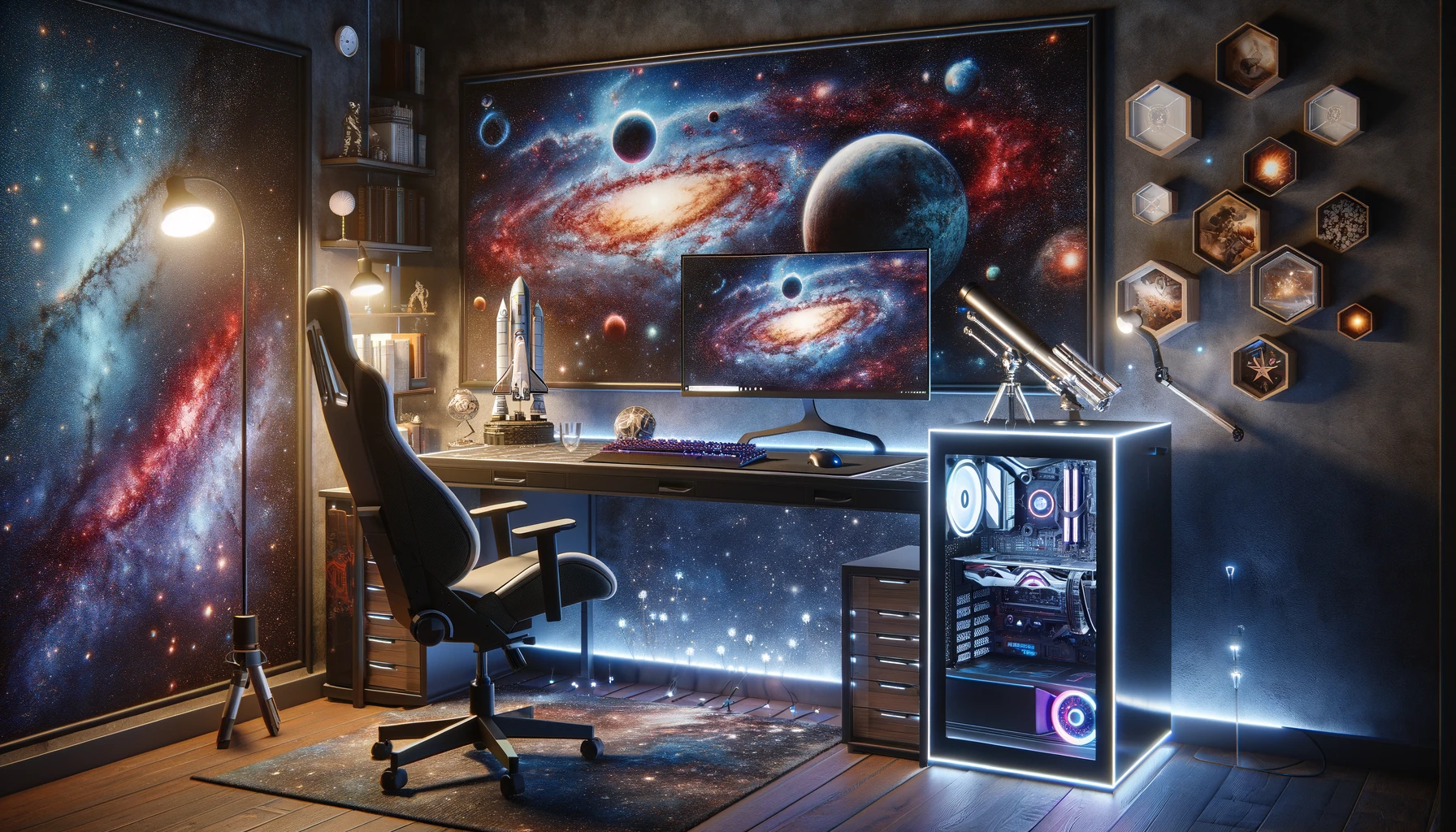MOZA’s innovative approach in intertwining hardware and software research has resulted in a virtual racing experience that blurs the line between simulation and reality. This synergy has produced a driving simulation so authentic it mirrors the smoothness of real-world driving, while actual driving is enhanced with the fluidity of a video game. The immersive nature of this technology delivers an unparalleled experience for both gamers and professional drivers, setting a new standard in the industry for training and entertainment.
Over time, the evolution of racing simulations has seen significant advancements, with prior iterations focusing heavily on improving visual fidelity and physics engines. Such enhancements aimed to deliver a more realistic driving experience to users. With the rise of eSports and competitive gaming, racing simulators have become not just a form of entertainment but also a legitimate platform for driver training and skill development, with many professional racers incorporating these tools into their practice regimens.
What Makes the Experience So Immersive?
MOZA’s technology emphasizes the integration of tactile feedback and responsive control systems, which are paramount in simulating the intricacies of actual driving. The hardware, including meticulously engineered racing wheels and pedal setups, is designed to replicate the nuanced sensations of a vehicle’s response to driver inputs. This attention to detail in the simulation hardware provides a highly engaging and realistic driving experience.
How Does MOZA’s Technology Benefit Professionals?
Professional racers and driving instructors have identified the benefits of using such advanced simulation setups. The authenticity of the experience allows for valuable practice sessions where drivers can hone their skills without the risks associated with real-life racing. This has practical implications for improving race strategies, understanding vehicle dynamics, and learning new tracks, all within a controlled and safe environment.
Which Innovations Are Paving the Way?
In a study published in the Journal of Simulation Engineering, findings highlighted the importance of integrating sensory feedback mechanisms to enhance the realism of driving simulators. The study, “Enhancing Realism in Driving Simulators using Sensory Feedback Mechanisms,” substantiates the approach taken by MOZA, indicating that the depth of the user’s experience can be significantly increased by such technologies, which are pivotal in developing the racing simulators of the future.
Information of Use to the Reader
- The technology allows for risk-free skill enhancement.
- Authentic simulations can improve real-world driving techniques.
- Advanced hardware is crucial for an immersive experience.
MOZA’s convergence of hardware and software in racing simulation technology has not only pushed the boundaries of entertainment but also emerged as an essential tool for professional development in motorsports. The ability to replicate real-life driving conditions in a virtual environment has vast implications for driver safety, cost-effective training, and accessibility. This technology could potentially democratize the field of motorsports, allowing aspiring drivers to train effectively without the prohibitive costs associated with traditional racing. As the technology continues to evolve, it could further bridge the gap between simulation and reality, ultimately enhancing the skills of drivers across various disciplines.










